
Ingredient
Pearl millet grain
The Nutrient-Rich Ancient Grain: Pearl Millet Unveiled
Pearl millet grain is a small, round grain with a pale yellow color. It has a mild, nutty flavor and a slightly chewy texture. The grain is known for its versatility and can be cooked in various ways, including boiling, steaming, or grinding into flour. It is a staple in many traditional dishes and is often used as a substitute for rice or wheat in gluten-free recipes. Pearl millet grain is highly nutritious, packed with fiber, protein, vitamins, and minerals. Its unique composition makes it a valuable addition to a balanced diet.
Origins and history
Pearl millet grain has a long history dating back thousands of years. It originated in Africa and has been cultivated in the region for centuries. It played a crucial role in the diets of ancient civilizations, such as the Egyptians and the Harappans. Over time, pearl millet spread to other parts of the world, including Asia and the Americas. Today, it is widely grown in arid and semi-arid regions, particularly in India, Nigeria, and Niger.
Nutritional information
Pearl millet grain is a nutritional powerhouse, rich in fiber, protein, iron, magnesium, and phosphorus. It is also a good source of B vitamins, including niacin and thiamine. A 100-gram serving of cooked pearl millet grain provides approximately 119 calories, 8 grams of protein, 2 grams of fat, and 25 grams of carbohydrates.
Allergens
Pearl millet grain is gluten-free and does not contain any known allergens.
How to select
When selecting pearl millet grain, look for grains that are clean, dry, and free from any signs of moisture or insect damage. Opt for whole grains rather than broken ones, as they retain their nutritional value better. Additionally, choose organic or locally sourced pearl millet grain whenever possible to support sustainable farming practices.
Storage recommendations
To maintain the freshness and quality of pearl millet grain, store it in an airtight container in a cool, dry place. It can be kept at room temperature for up to 6 months. For longer storage, refrigerate or freeze the grain to extend its shelf life.
How to produce
Pearl millet grain can be grown by amateur gardeners in warm climates with well-drained soil. It requires full sun exposure and regular watering. Sow the seeds directly into the soil, spacing them about 6 inches apart. Keep the soil moist but not waterlogged, and harvest the grain when the seed heads turn golden brown and dry.
Preparation tips
Before cooking pearl millet grain, rinse it thoroughly under cold water to remove any debris. To enhance its flavor and texture, consider toasting the grains in a dry skillet for a few minutes before cooking. Pearl millet grain can be used in a variety of dishes, such as pilafs, salads, soups, and porridges. It can also be ground into flour and used for baking bread, muffins, or pancakes.
Culinary uses
Pearl millet grain is commonly used in traditional dishes such as bajra roti (flatbread), khichdi (a one-pot meal), and kheer (a sweet pudding). It can also be added to soups, stews, and salads for added texture and nutrition.
Availability
Pearl millet grain is commonly available in regions where it is cultivated, such as India, Nigeria, Niger, and other parts of Africa.
More ingredients from this category
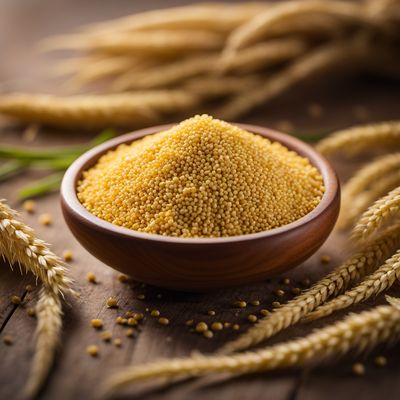
Common millet grain
The Mighty Millet: A Nutritious Ancient Grain

Finger millet grain
The Nutritional Powerhouse: Finger Millet Grain
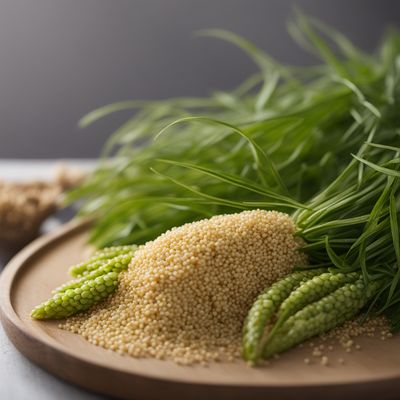
Barnyard millet
The Tiny Grain with Big Benefits: Exploring the Wonders of Barnyard Millet
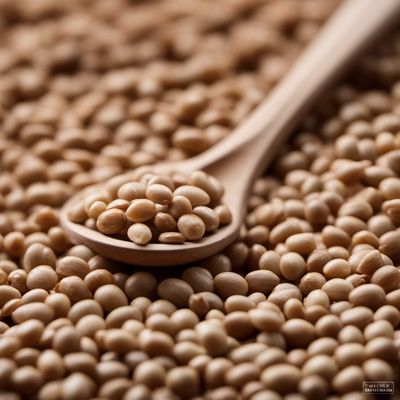
Job's tears grain
The Ancient Grain of Health
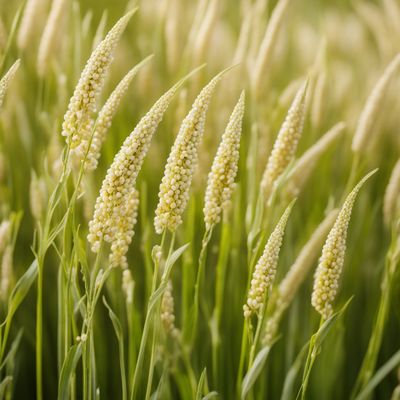
Little millet grain
The Mighty Mini Grain

Canary grass grain
The Nutritional Powerhouse: Canary Grass Grain
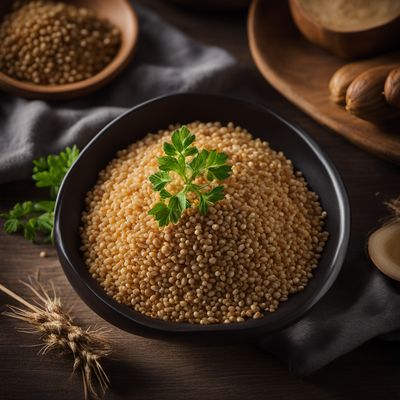
Black fonio grain
The Tiny Nutritional Powerhouse
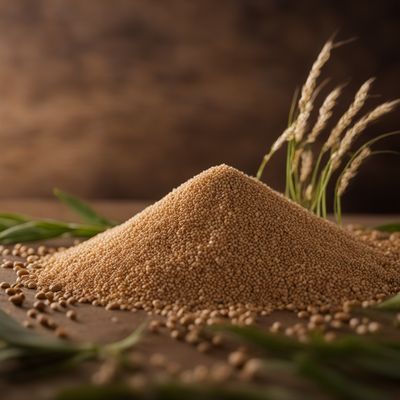
Teff grain
Teff: The Ancient Superfood
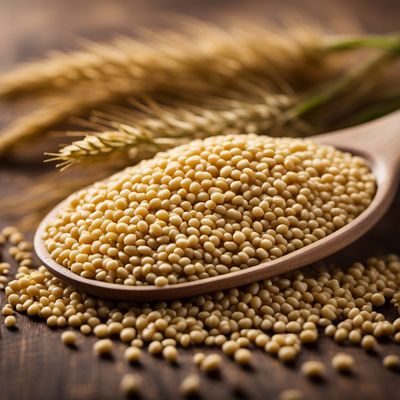
Foxtail millet grain
The Ancient Superfood: Foxtail Millet Grain

White fonio grain
The Ancient Superfood: Unlocking the Power of White Fonio Grain